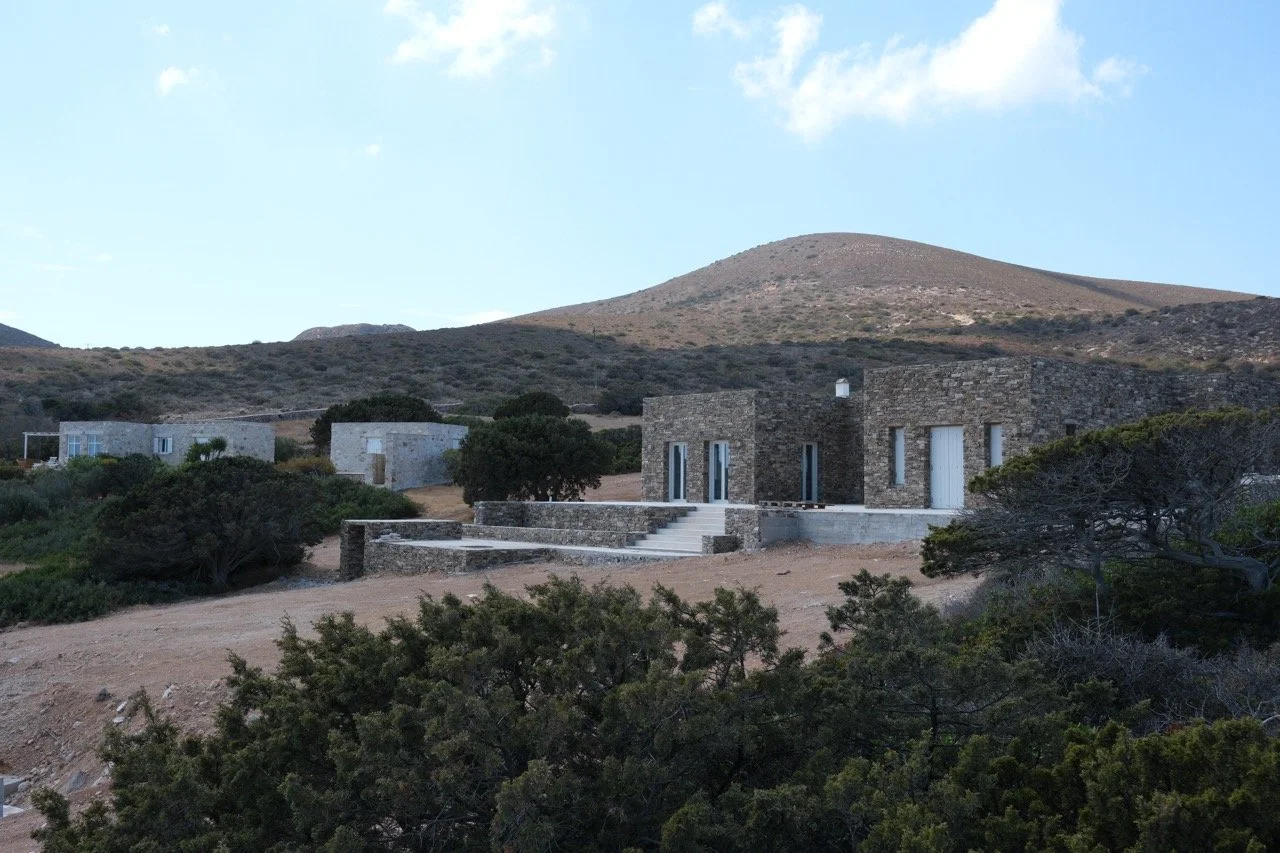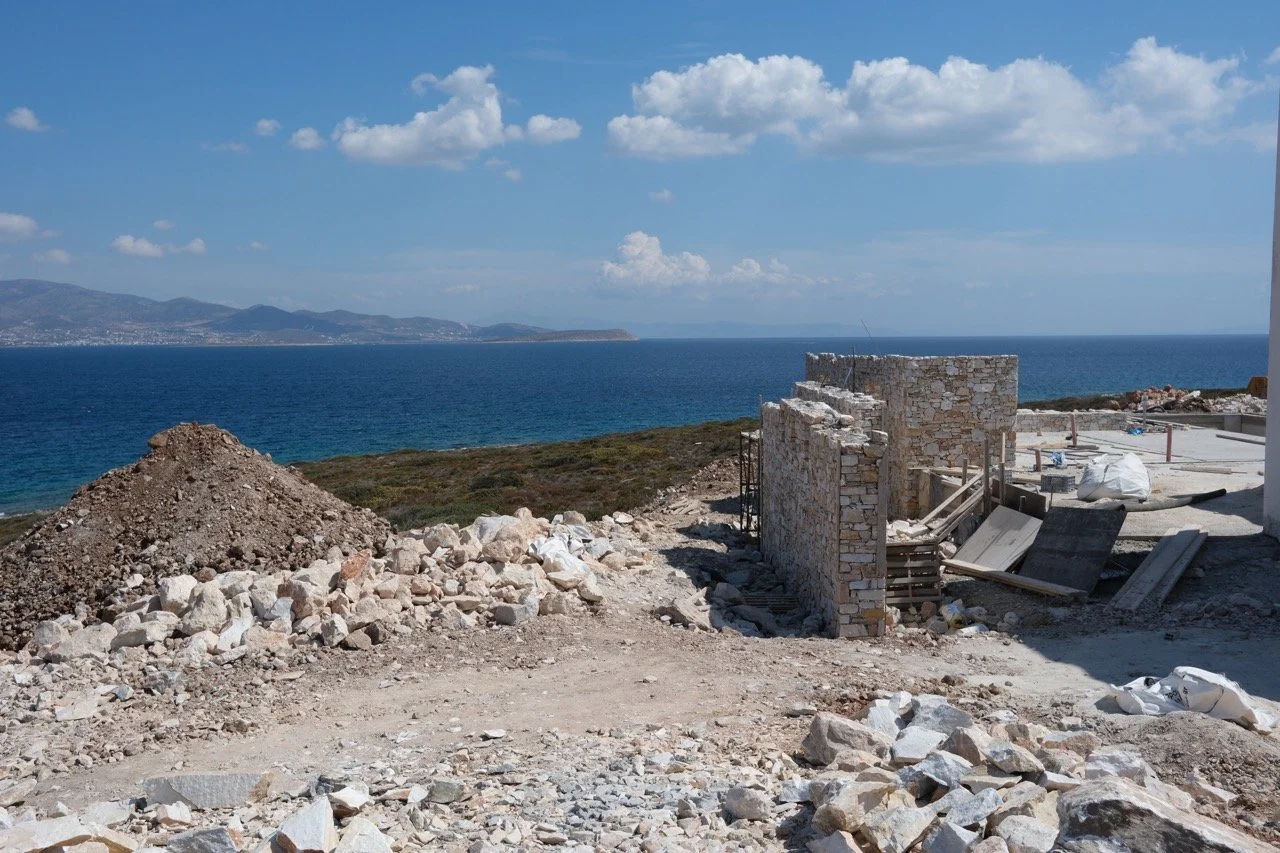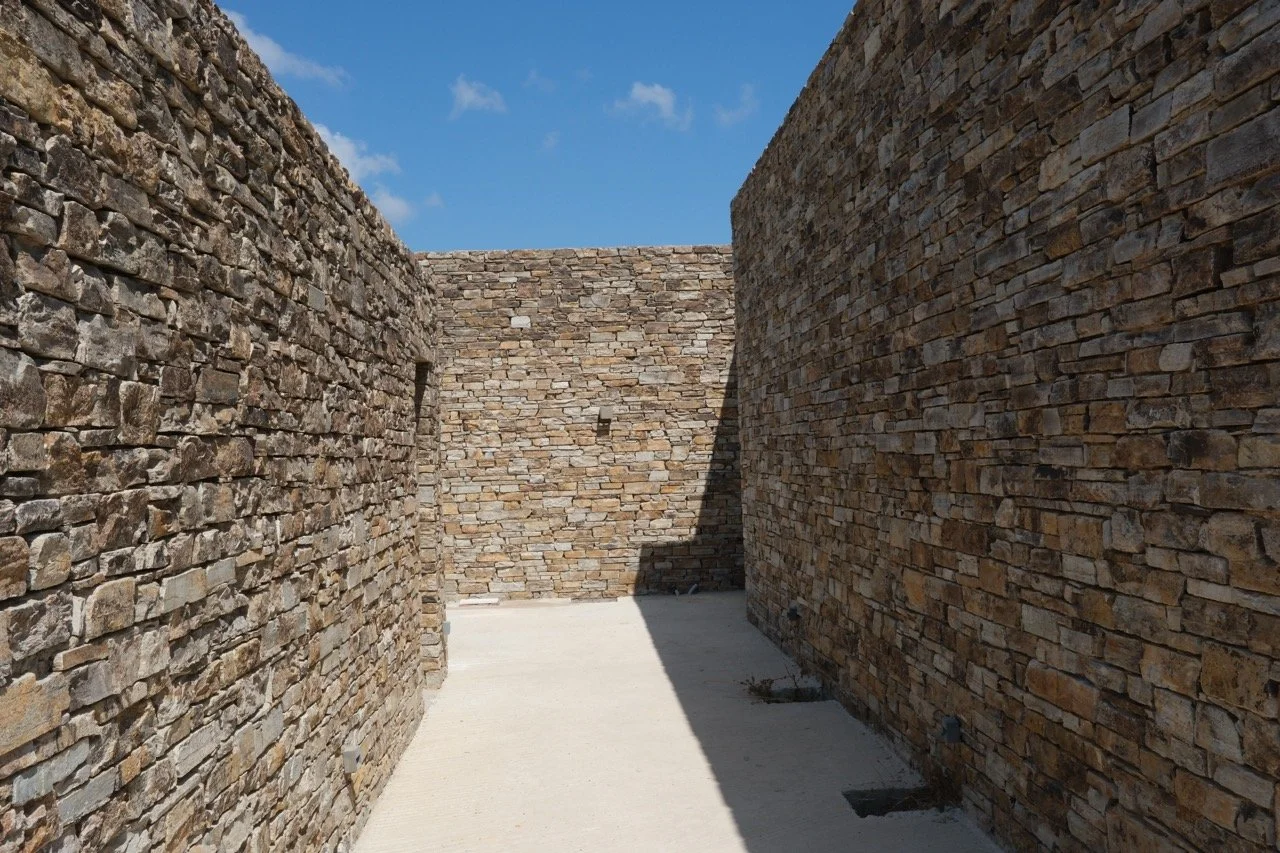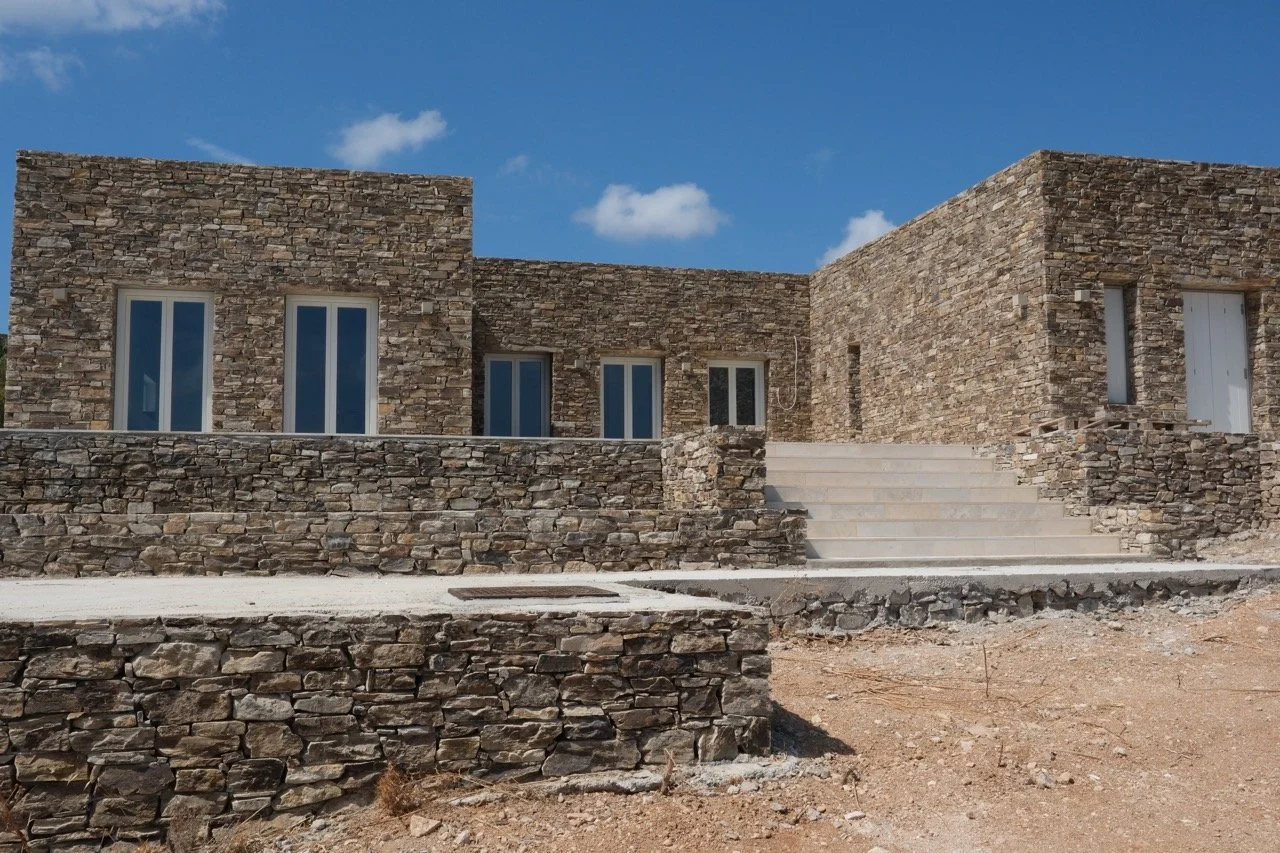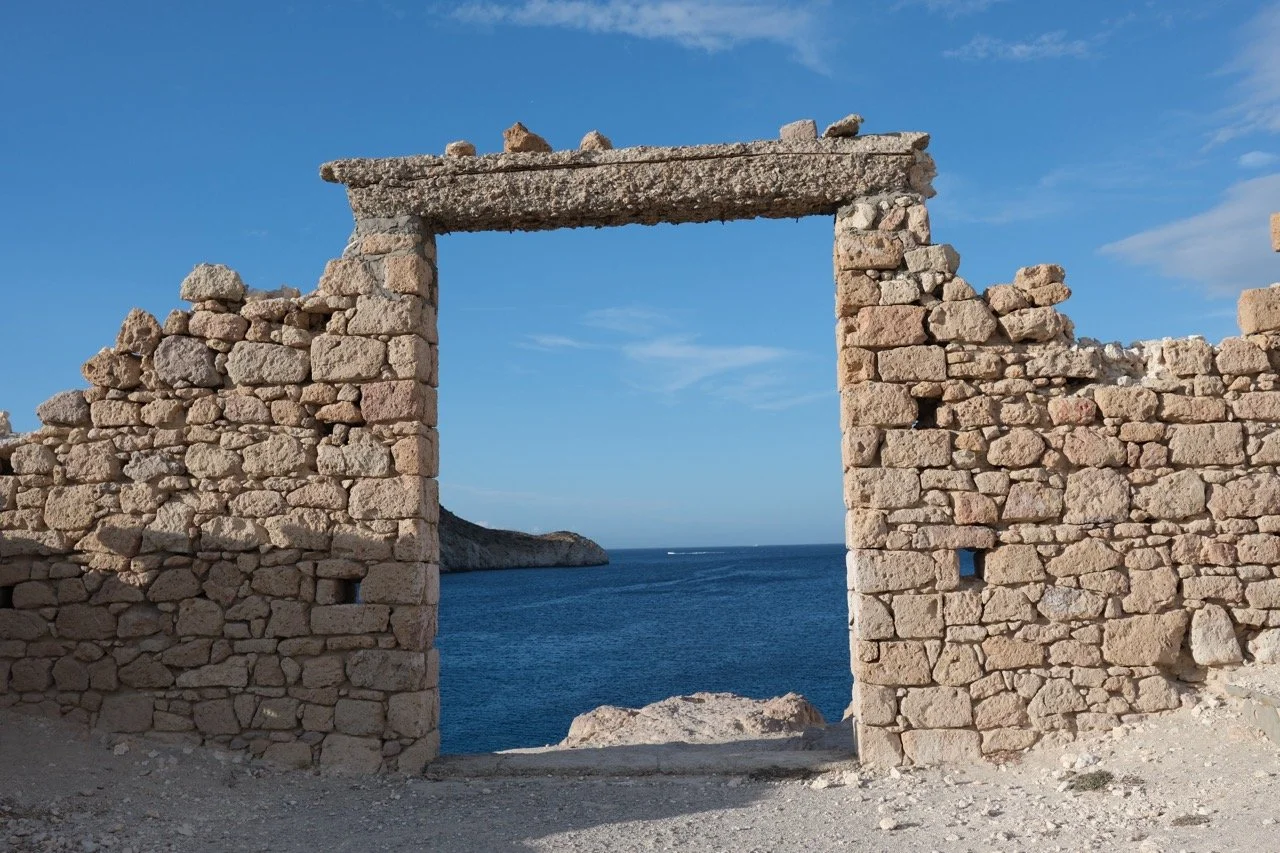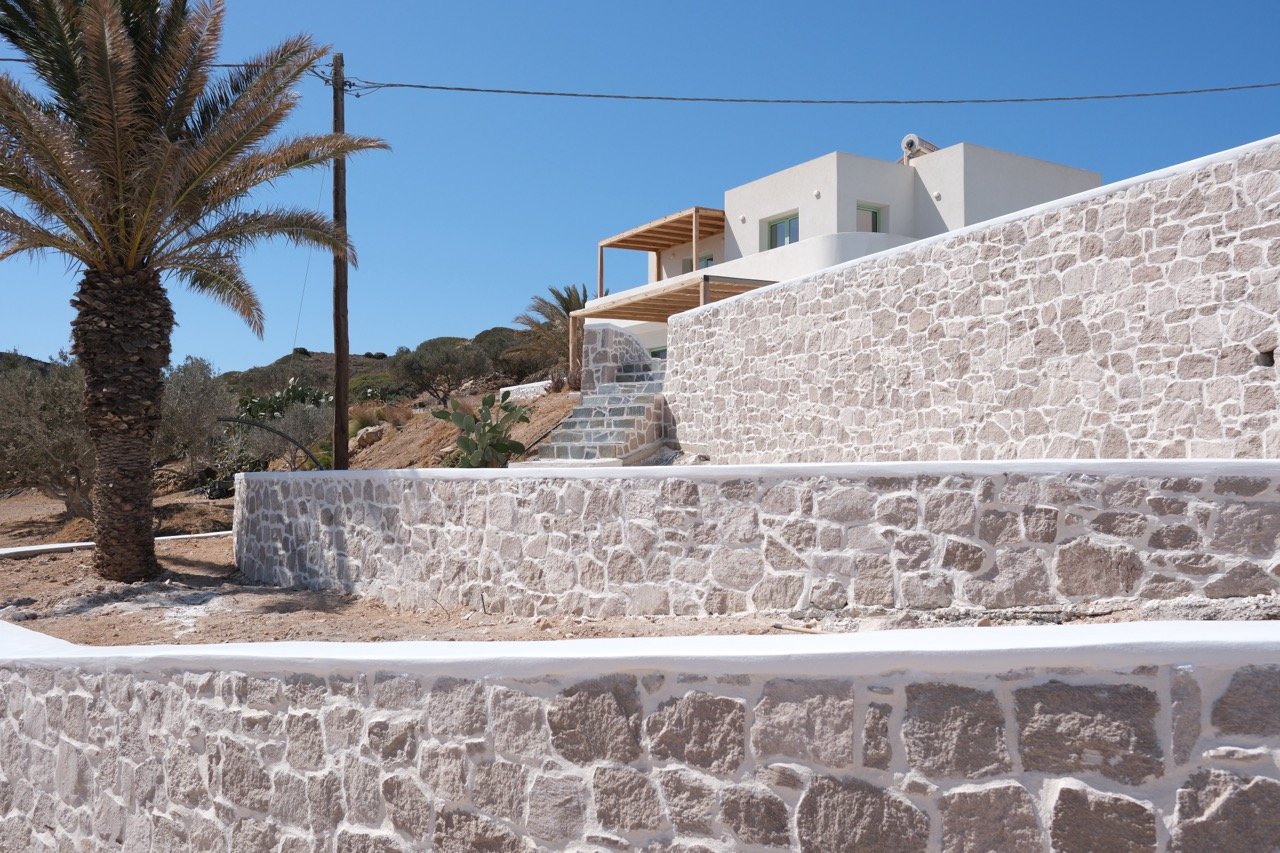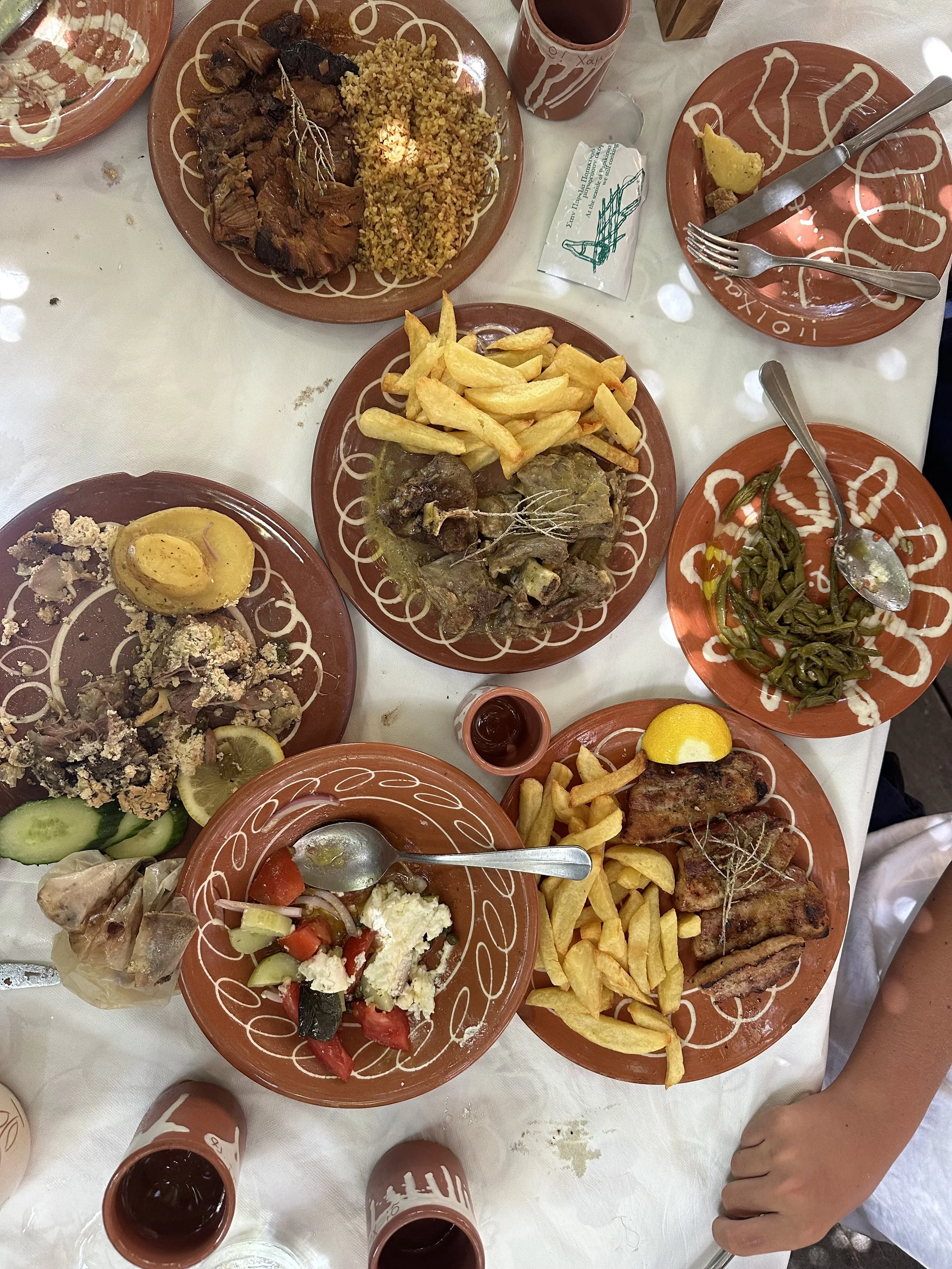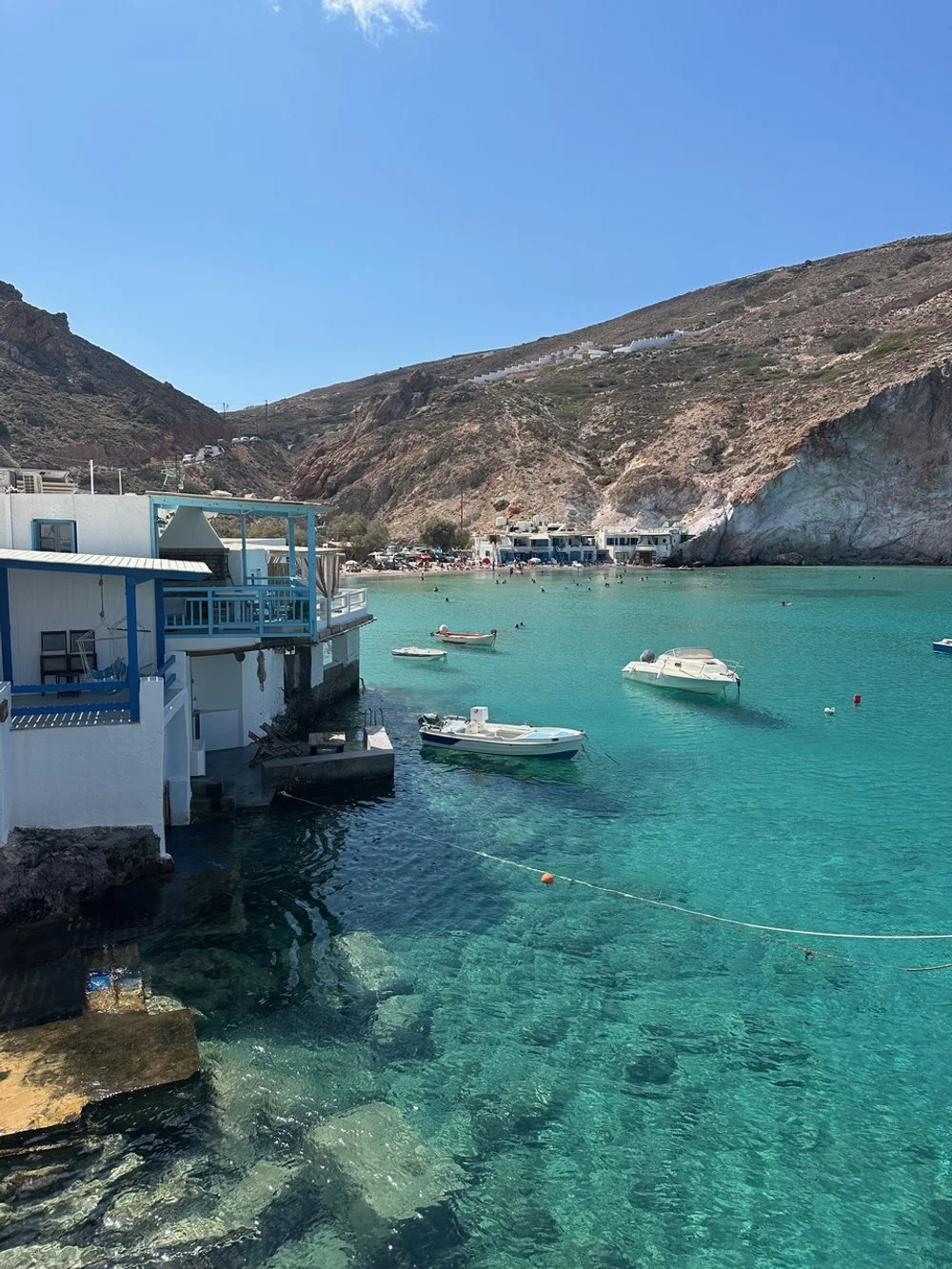With many Australians choosing to escape the winter chill, Southern Europe (particularly the Greek Islands) has become a highly sought-after destination. During a recent exploration, we documented the beautiful architecture of the region, with a focus on stonework, and we’re proud to share it as part of our Euro Summer Stone Series.
Key takeaways from the trip:
1. Local Material Only
Stone is not imported into these regions. All homes and retaining walls are built using locally sourced stone. This gives each area a distinct visual identity, with the building shaped by the natural materials found in the landscape. You’ll see stone rubble on the sides of the dusty roads, that raw material is used to create amazing builds.
2. Construction Approach
Many homes are constructed using solid double-face stone. Others use blockwork with a stone veneer applied over the top. Finishes vary — from random coursed rubble with either spread grouted joints or dry joints. Sills and lintels are also crafted from stone, contributing to a cohesive and timeless style.
3. The Stonemasons
Interestingly, although the materials are local, many of the stonemasons are not due to a significant skilled labour shortage. On islands like Milos and Corfu, a significant number of masons come from Eastern Europe, their skill is evident with their craftsmanship. OH&S standards appeared to be more relaxed than what we’re used to in Australia.
4. The Rules
Despite the rustic and natural look of the builds, traditional masonry principles are still upheld. We observed a strict adherence to stonemason rules — no running joints, tombstones, minimal zip joints. These techniques ensure both strength and visual balance in the work.
Apart from admiring the stone and architecture the food and wine was amazing. Not in a reminded sense, more so with the incredible traditional flavours and techniques with a strong leaning to local and organic produce. The water and cliff jumping need no introduction.


